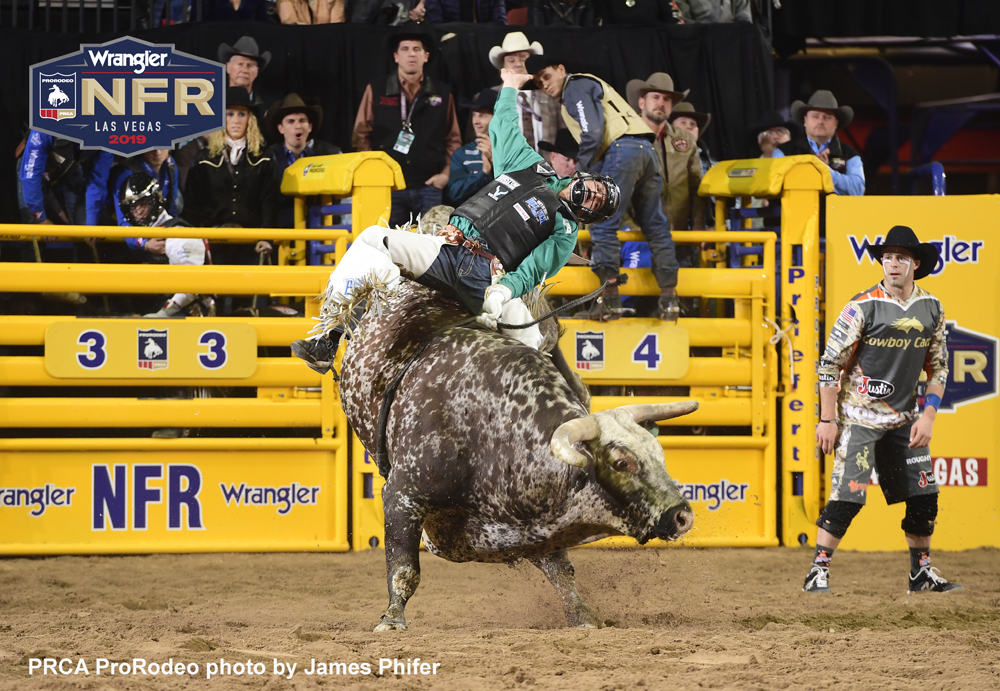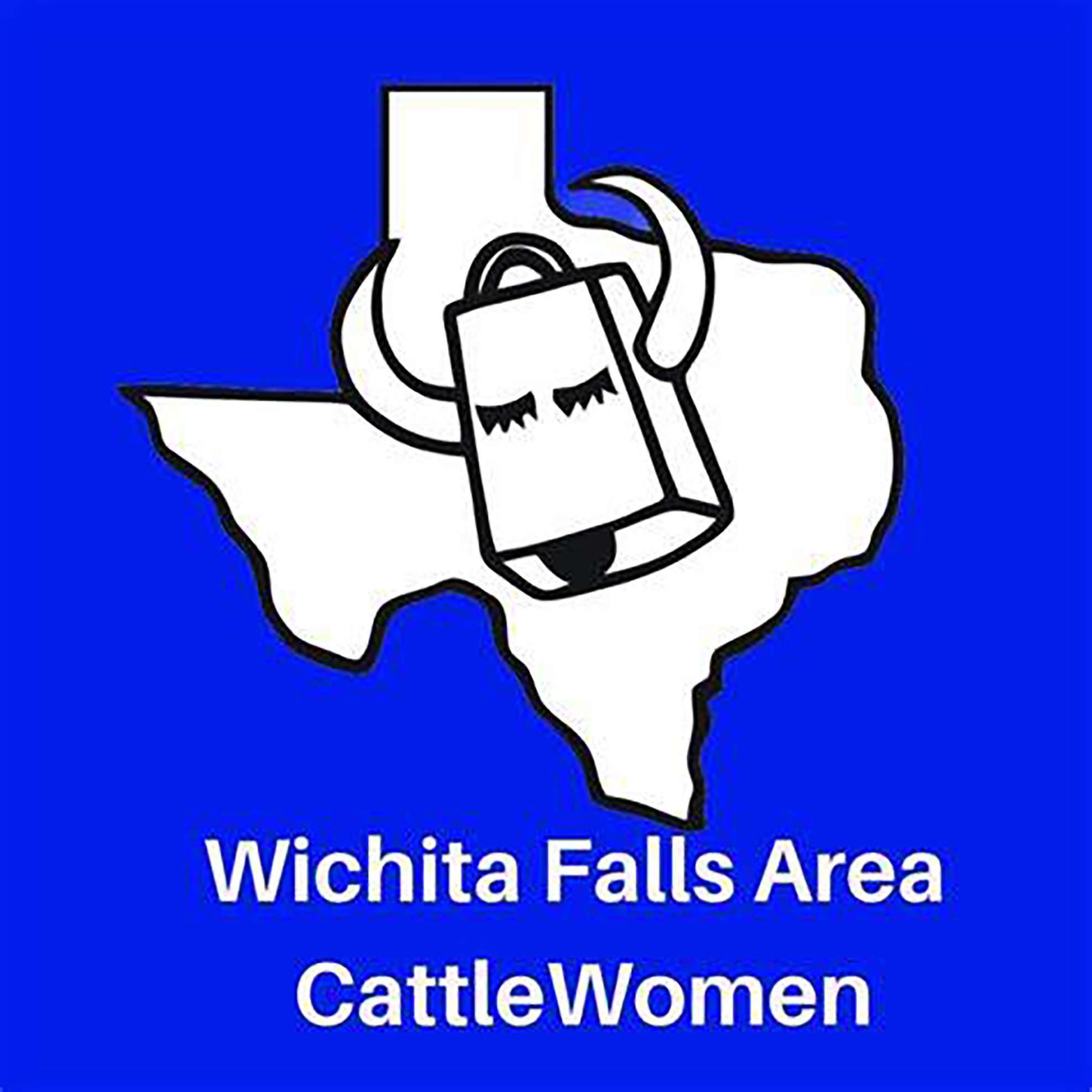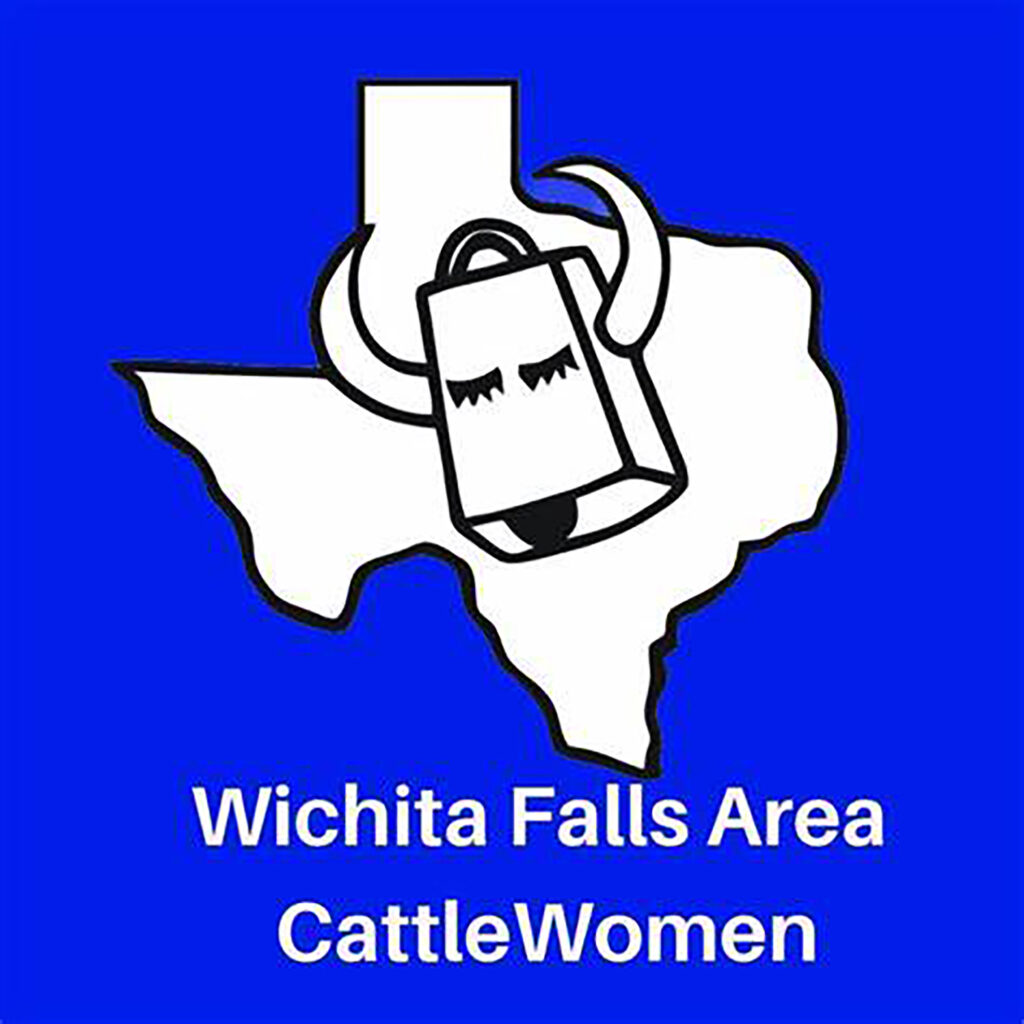HOME
NFR Results

Submitted by Phillip Kitts
Rolling into the last four rounds of the Wrangler National Finals Rodeo things are heating up in several of the World Title races.
Here is how things are shaping up going into night seven:
In the All-Around, Stetson Wright holds a small lead of $2,174.07 over Bowie, Texas cowboy Clay Smith.
In bareback, Clayton Biglow out of California holds a $33,612.32 lead over Orin Larsen from Nebraska
Lousiana steer wrestler Tyler Waguespack is $3,652.04 ahead of Montana’s Ty Erickson.
In team roping on the header side, Smith is $69,791.19 ahead and with a round win and a few scenarios playing out in his favor could put himself in position to clinch the World before the final round. In heeling, Jade Corkill from Fallon, Texas, sits $25,168.03 ahead of his next competitor and is quickly closing in on the title.
Zeke Thurston the Canadian saddle bronc rider is $10,464.62 ahead of Ryder Wright. This may be a race to watch, Ryder Wright is known for his big rides in Vegas and with a couple of big nights can make a run at his second title.
Sulfur, Texas cowboy Shane Hanchey has used a couple of round wins to give himself a $36,489.78 lead over San Angelo, Texas cowboy Ty Harris.
In barrel racing, thanks to two huge round wins and a very consistent finals, Nellie Miller holds a thin lead over Hailey Kinsel of Cotulla, Texas.
Again in 2019, bull riding is the event with the biggest story. Sage Steele Kimzey holds a $107,878.09 lead over Boudreaux Campbell out of Crocket, Texas. With the round win last night Boudreaux climbed his way into the second spot. In order for him to make a real challenge for the title, Sage would have to have a couple of bad nights and he would have to top every round.
The other factor in bull riding is Stetson Wright has put together a couple of good nights in his bid to bring the All-Around Title back to its glory of the rough stock end. However, Smith continues to perform strong and make his push to keeping the All-Around Title at the timed event side of the arena. We will wait and see if Stetson can string together four big nights and make his mark in history by being the youngest All-Around winner and doing so from the rough chutes.
(Picture Boudreaux Campbell wins round 6 with 92.5 on Tequila Worm)
Photo: PRCA
HOME
Preparing Spring Gardens

By Hannah Claxton | Editor
The North Texas area is located within USDA Hardiness zones seven and eight. The zones are categorized by predicted low temperatures for winter and timing of the first and last frosts.
Zone seven usually has winter low temps between 0 and 10 degrees F with the average date of the first frost falling between Oct. 29 and Nov. 15 and the average date of the last frost falling between March 22 and April 3.
Overall, these two zones have similar climates and growing conditions, making the options for timing and variety within a garden very similar.
In these zones, cool-season crops should go in the ground in March, meaning that soil preparation should start now.
To read more, pick up a copy of the January edition of North Texas Farm & Ranch magazine, available digitally and in print. To subscribe by mail, call 940-872-5922.

HOME
Equine Vaccinations

By Heather Lloyd
Vaccinations are a critical component of maintaining the health and well-being of horses, especially in environments where they are exposed to other animals, such as in the sport, show and performance arenas. Horses, like all animals, are susceptible to various infectious diseases that can spread quickly and cause serious harm.
A routine vaccination schedule helps prevent the spread of these diseases by preparing the horse’s immune system.
To read more, pick up a copy of the November edition of North Texas Farm & Ranch magazine, available digitally and in print. To subscribe by mail, call 940-872-5922.

HOME
Wichita Falls Area Cattlewomen

Having herds on a controlled breeding schedule means that we have a predictable calving schedule, and while it’s only over a couple of months, for us it does fall right after the start of the year. I lobby annually to call ours the “Winter calving season”, but I am outvoted and my husband still refers to it as Spring. Unlike producers in our Northern States, we don’t have to contend with brutally harsh winter weather, and on those rare times we do, thankfully it is not for extended periods. Regardless of whether you have a Spring or a Fall calving schedule, the health of a newborn calf begins with the mother’s health, and the mother’s health is largely dependent on the producer.
To read more, pick up a copy of the November edition of North Texas Farm & Ranch magazine, available digitally and in print. To subscribe by mail, call 940-872-5922.

-

 Country Lifestyles2 years ago
Country Lifestyles2 years agoScott & Stacey Schumacher: A Growth Mindset
-

 Country Lifestyles8 years ago
Country Lifestyles8 years agoStyle Your Profile – What your style cowboy hat says about you and new trends in 2017
-

 HOME8 years ago
HOME8 years agoGrazing North Texas – Wilman Lovegrass
-

 Outdoor10 years ago
Outdoor10 years agoButtercup or Primrose?
-

 Country Lifestyles5 years ago
Country Lifestyles5 years agoAmber Crawford, Breakaway Roper
-

 Equine1 year ago
Equine1 year agoThe Will to Win
-

 Country Lifestyles9 years ago
Country Lifestyles9 years agoJune 2016 Profile – The man behind the mic: Bob Tallman
-

 Country Lifestyles8 years ago
Country Lifestyles8 years agoDecember 2016 Profile, Rusty Riddle – The Riddle Way




